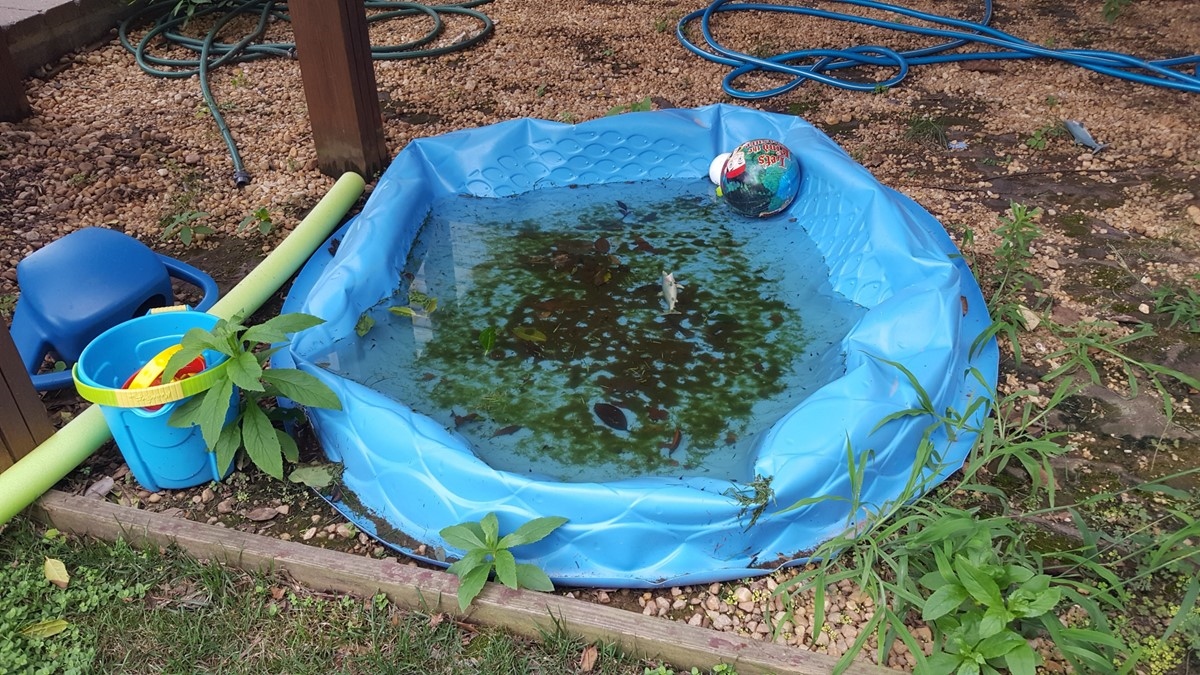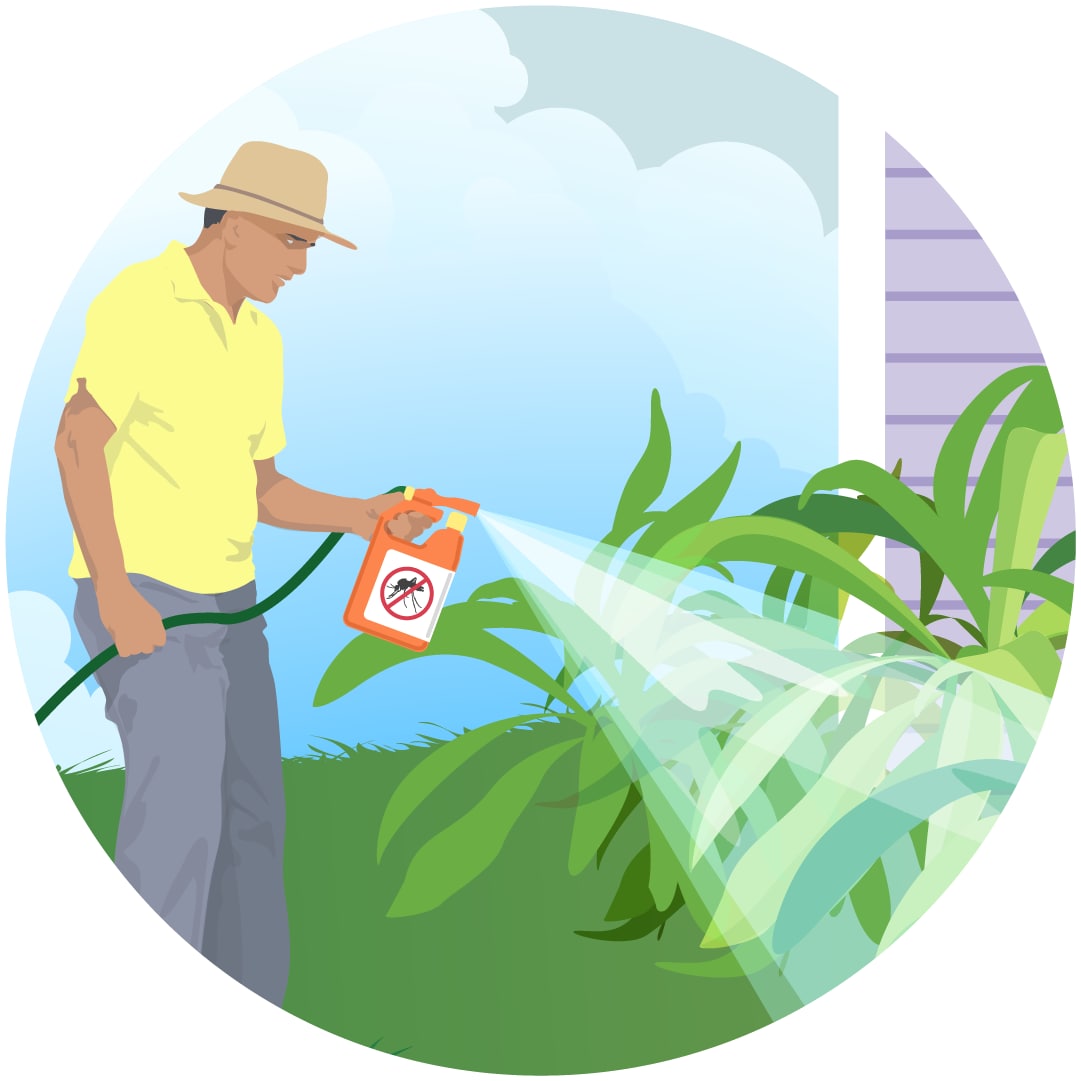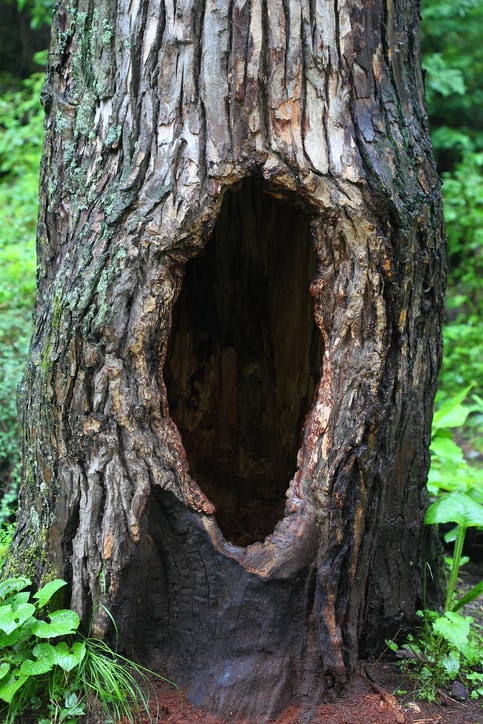As any Union County resident knows, ticks and mosquitoes are quite the nuisance. But more than just an annoyance, they can also spread many illnesses to people. Over the past several years, new species of ticks and mosquitoes have been moving into Ohio, carrying the risk for new diseases as well. Preventing bites from ticks and mosquitoes is the key step in avoiding these illnesses.
Ticks
The most commonly encountered tick in Ohio is the American Dog Tick. These ticks are widespread throughout Ohio. The Black-Legged tick (also known as the Deer Tick) is becoming increasingly common in Ohio since 2010, especially in forested areas of the state. The Lone Star tick is emerging as a serious pest, especially in Southern Ohio. Bites from all three of these ticks(link is external) can make you sick. In Ohio, humans and pets can become infected with Rocky Mountain Spotted Fever, Lyme disease, anaplasmosis, ehrlichiosis, tularemia, and babesiosis among others. Illnesses spread by ticks can be prevented if you take the proper steps.
If you experience fever or flu-like symptoms following a tick bite, immediately contact your healthcare professional and emphasize that you recently were bitten by a tick. Save the tick in some type of container and take it with you to the healthcare professional. It is very important to receive the appropriate antibiotics as soon as possible.
Pets, especially dogs that become infected with a tick-borne disease, may become lethargic and anemic. They may quit eating and lose weight, and they sometimes become lame. Any pet with such symptoms should be examined by a veterinarian. When heavily infested with ticks, excessive blood loss can result in the pet’s death. Dogs should be routinely tested for exposure to tick-borne diseases at annual checkups, but immediately if symptoms occur.
Tick Removal (Grasp, Pull, Disinfect, and Save)

Position tweezers near the embedded tick’s mouthparts and as close to your skin as possible. Then, use steady pressure to pull the tick straight out without twisting or jerking
- Prompt removal of an attached tick reduces the chance of infection. Tick attachment of several hours or more is often required for disease transmission.
- Take care not to crush or puncture the tick during removal. Diseases may be acquired from infected tick body fluids that contact broken skin, the mouth, or eyes. Do NOT use a hot match or cigarette to remove a tick as this may cause the tick to burst.
- Do NOT apply solvents or other materials to the tick to “stimulate” the tick to detach; solvents are ineffective and delay removal. Such treatments may result in increased risk of disease transmission.
- Avoid touching a tick with your bare hands. Shield your fingers with a paper towel, wear rubber gloves, or use tweezers.
- Use tweezers (or preferably a tick removal tool) to grasp an embedded tick as close to your skin as possible and near the tick’s mouthparts (see Figure 7). Use steady pressure to pull it straight out. Do not twist or jerk the tick, as its mouthparts may be left in the skin, but that should not be a major concern because removing the tick is the main goal. Do not try to dig out broken off mouthparts as this may lead to secondary bacterial infections. Instead, proceed to the next step. Your body should be able to deal with broken mouthparts as foreign objects (similar to your body dealing with a splinter). If concerned, consult your healthcare professional.
- After tick removal, thoroughly disinfect the bite site, and wash your hands with soap and water. The attachment site should be treated with a topical antibiotic to prevent secondary bacterial infection.
- Save the tick for identification. It is useful to place the tick in a container with hand sanitizer or rubbing alcohol; or wrap the tick inside an alcohol wipe before placing it into a container. The alcohol helps preserve the specimen. Take the tick with you to a healthcare professional if you develop flu-like symptoms.
Mosquitoes
Not all of the 60+ species of mosquitoes in Ohio bite humans, but many of those that do can spread diseases. In Wisconsin, mosquitoes can spread Eastern equine encephalitis, La Crosse encephalitis, St. Louis encephalitis, and West Nile virus. There are also illnesses that you can get from mosquitoes when you travel outside of the United States. Some of these diseases are chikungunya, dengue, Japanese encephalitis(link is external), yellow fever, and Zika virus. Illnesses spread by mosquitoes can be prevented if you take the proper steps.
Remove Standing Water Where Mosquitoes Lay Eggs
- Once a week, empty and scrub, turn over, cover, or throw out any items that hold water like tires, buckets, planters, toys, pools, birdbaths, flowerpot saucers, or trash containers. Mosquitoes lay eggs near water.
- Tightly cover water storage containers (buckets, cisterns, rain barrels) so mosquitoes cannot get inside to lay eggs.
- For containers without lids, use wire mesh with holes smaller than an adult mosquito.
- Fill tree holes to prevent them from filling with water.
- If you have a septic tank, repair cracks or gaps. Cover open vent or plumbing pipes. Use wire mesh with holes smaller than an adult mosquito.
Kill Mosquito Larvae Outside Your Home
- Use larvicides to treat large bodies of water that will not be used for drinking and cannot be covered or dumped out.
- When using larvicides, always follow label instructions.
Kill Mosquitoes Outside Your Home
- Use an outdoor adulticide to kill adult mosquitoes in areas where they rest.
- Mosquitoes rest in dark, humid areas like under patio furniture or under the carport or garage. When using insecti
What You Need to Know About Filling Tree Holes
Tree holes can be found in the trunk or branches of a tree and can easily fill with water. This makes them a perfect spot for mosquitoes to lay eggs. Filling holes is one way to help reduce mosquitoes in your yard.
How to fill a tree hole
- Determine if the tree hole holds water.
- Tree holes that do not hold water may provide nesting sites for birds or other wildlife and do not need to be filled.
- If the tree hole holds water, fill the hole with expanding foam used for home insulation projects. Look for a product that is made to fill big gaps and is water resistant. Follow directions on the product label.
- Expandable foam is light weight, seals the hole, keeps it from collecting water, and is flexible enough to move with the tree.
- You do not need to clean out the tree hole before filling.
When filling a tree hole
- DO NOT fill tree holes with gravel or sand. These materials do not prevent water from collecting in the tree and can become a safety issue if the tree is cut down.
- DO NOT fill tree holes with concrete. Concrete is not flexible, adds weight to the tree, and can damage it.
- DO NOT drill drain holes in the tree. This can damage the tree.
Other yard maintenance tips
In addition to filling tree holes, follow these simple yard maintenance tips to reduce mosquitoes in your yard.
- Once a week, empty and scrub containers with standing water, including empty flower pots, bird baths, and trash containers. This should remove mosquito eggs from the inner walls of the container.
- Drain water from pools when not in use.
- Remove water from tarps used to cover items in the yard.
- Mow your lawn regularly and cut down weeds near your home.
- Keep rain barrels tightly covered or screened.
- Apply larvicide to containers with aquatic plants and to plants that hold water, such as bromeliads.






